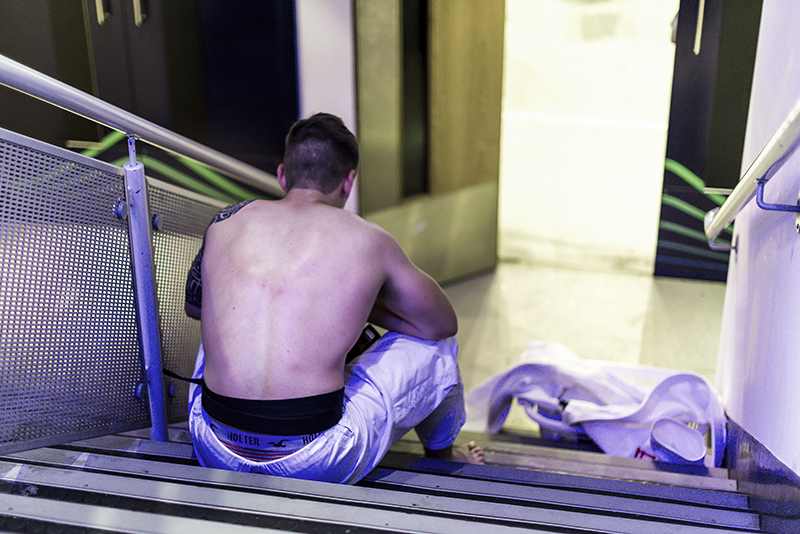Bad days in Brazilian Jiu-Jitsu can feel significantly different between white belts and black belts, especially in areas like rolling, handling being dominated (“getting smashed”), managing ego, dealing with injuries, and understanding techniques. Here’s a breakdown:
Rolling
- White Belt: Often feels lost during rolls, struggling to remember techniques or apply them effectively. The experience can be overwhelming, leading to a sense of helplessness, especially when rolling with more experienced partners.
- Black Belt: Bad rolling days might involve not performing to their own high standards or struggling to implement new techniques or strategies. The focus is more on nuanced aspects of the game rather than basic survival.
Getting Smashed
- White Belt: Getting smashed is a common experience. It can be physically taxing and sometimes discouraging, as they’re frequently in defensive positions and caught in submissions.
- Black Belt: Less likely to be dominated in the same way, but a bad day could mean being outmaneuvered by lower belts or peers. This might challenge their expectations of themselves rather than their fundamental ability to cope with pressure.
Ego
- White Belt: Ego challenges are pronounced, as frequent tapping out can be a blow to their pride. Learning to accept defeat and understand it as a learning process is a key growth area.
- Black Belt: Ego is generally more in check, but bad days might still challenge their self-perception, especially if they feel they’re not living up to the expectations associated with their belt rank.
Injuries
- White Belt: Injuries might occur due to lack of proper technique, overexertion, or not knowing when to tap. Understanding the body’s limits is a learning curve.
- Black Belt: Injuries are often more about wear and tear over time. Managing chronic injuries and being more cautious to prevent aggravating old injuries becomes important.
Not Understanding Techniques
- White Belt: Struggling to grasp basic techniques is a significant source of frustration. Complex movements can seem incomprehensible, and applying them in rolling feels even more daunting.
- Black Belt: While they have a strong grasp of techniques, a bad day might involve struggling with advanced concepts or integrating new techniques into their existing game. The frustration is less about comprehension and more about refinement and execution.
For white belts, bad days often revolve around foundational challenges like feeling overwhelmed, dealing with ego bruising, and understanding basic techniques. For black belts, bad days are more nuanced, involving challenges in perfecting techniques, managing expectations, and dealing with the long-term toll of training. The journey from white to black belt in BJJ is as much about personal development and understanding oneself as it is about mastering the art.


















